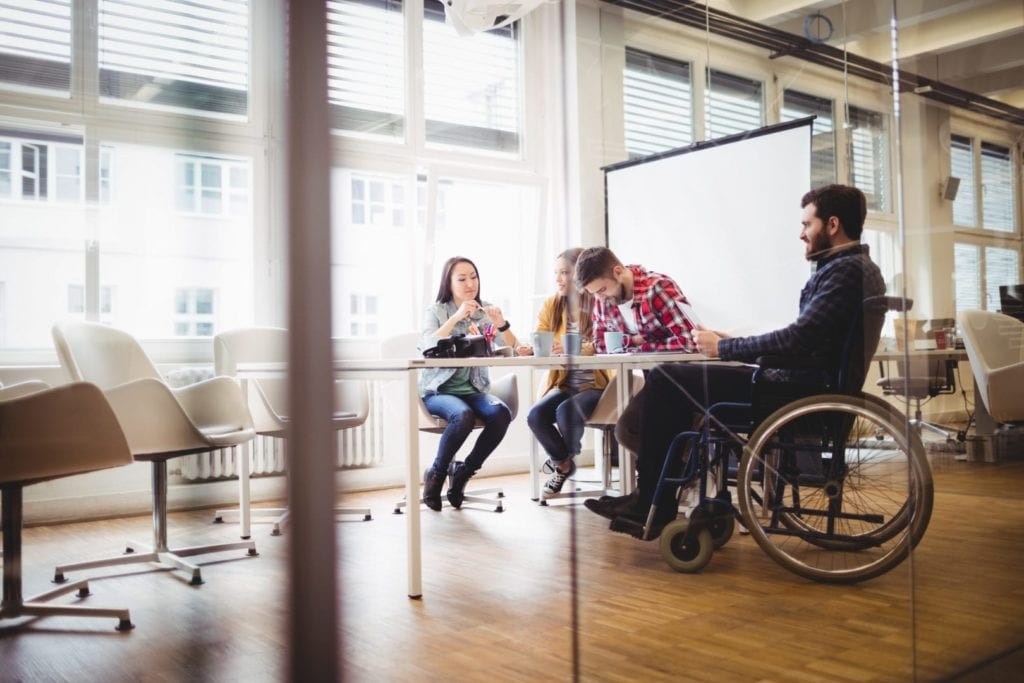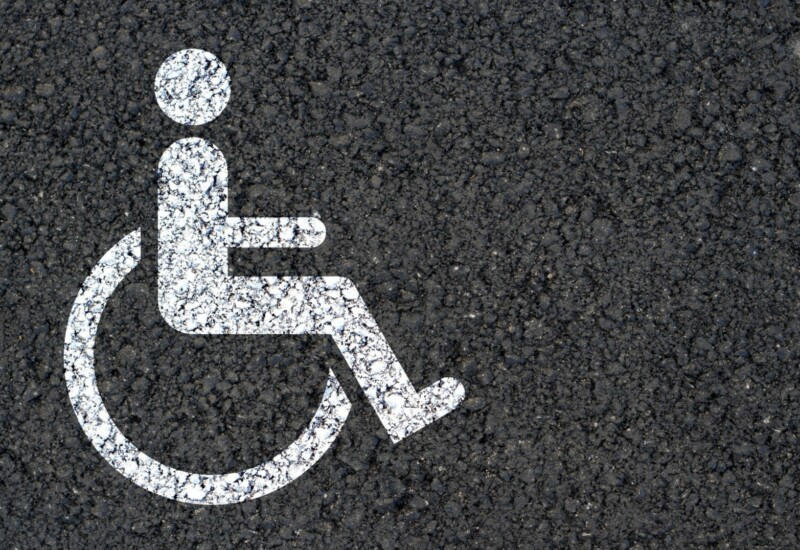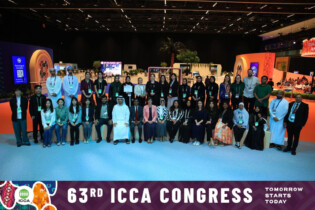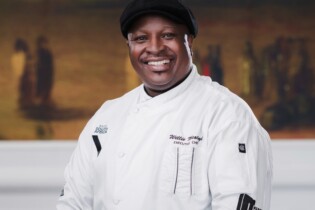With as much as 15% of the world’s population and 7.5% of South Africa’s population having disabilities, why wouldn’t you make your events fully accessible?
Lynn McLeod remembers going to the movies in the 80s with her wheelchair-bound mother. “It was quite a performance,” she recalls. “The cinema could only be reached by stairs or escalator, so the cinema manager would stop the escalator and my dad would have to collapse my mum’s chair to get her onto it, restart the escalator and stop it again at the top. By that point, everyone had stopped to watch us.”
A lot has changed since then to make environments both physically and socially more inviting for those who have disabilities – especially after 1994, when the new South African Constitution was created with a view to making society more inclusive regardless of anyone’s race, gender or abilities.
TYPES OF DISABILITIES
Broadly speaking, there are four types of disabilities. People can just one or a combination of these:
Hearing disabilities: Hearing disabilities cross a spectrum from those who are hard of hearing to complete hearing loss (deafness). It’s important to understand that not all deaf people use sign language. Hard of hearing people may be able to use assistive devices such as hearing aids, and some may be skilled lip readers.
Visual disabilities: As with hearing disabilities, visual disabilities can range from partial loss of vision to complete loss of vision (blindness). Again, not all blind people can read braille, so don’t assume this. Some blind people may be accompanied by a guide dog or use a cane. Those with partial vision may still be able to read written communication if it is well formatted and presented.

Motor disabilities: This includes those people who use wheelchairs or who have impaired mobility. To make it easier for them, ensure your event layout has wide aisles, smooth flooring, and ramps and lifts as alternatives to stairways.
Cognitive disabilities: Some disabilities affect people’s mental and social faculties. This can be more extreme, such as brain injury, dementia or autism, to milder conditions such as Attention Deficit Disorder or dyslexia.
Also, don’t forget that people can have a permanent or a temporary disability. For example, if someone has broken their leg and is on crutches, they have a temporary disability that needs to be accommodated.
Because of the variety of disabilities, it is best to find out from your attendees early on in the registration process what disabilities and special requests they might have, so that you can assist them effectively.
MAKE IT UNIVERSAL
Architect Ronald Mace came up with the term “universal access” in the 60s, which essentially means that instead of designing something for able bodied people only, you design it for them and people with disabilities. This makes products, services or environments more inclusive – and often much easier to use, for everyone.
For example, ramps don’t only help people in wheelchairs but they also make life easier for moms with prams and elderly people with walking sticks.
Universal design should be the ideal standard that venues and events aim for, as it allows more people to attend your events and to have a better experience.
ACCESSIBLE VENUES
The South African National Building Regulations and Buildings Act (No. 49 of 1995) outlines a way for public buildings to be universally accessible to those with disabilities. It stipulates the inclusion of the following and their design requirements:
• Disabled parking
• Ramps and handrails
• Doors and door handles
• Disabled toilet facilities
• Lifts
• Unobstructed pathways
• Signage to indicate facilities
• Wheelchair access and space in auditoriums and halls.
This Act has made it far easier for people with disabilities to access public spaces. However, it’s important to keep in mind that some public buildings are exempt from these requirements. For example, hotels with fewer than 25 rooms do not need to have rooms that offer wheelchair access. Additionally, although the legislation exists, not all buildings comply with it.
TOP TIPS FOR AN ACCESSIBLE EVENT
There are a number of things to keep in mind when planning an accessible event, including:
- Venue checks are critical: As an event planner, you should never assume a building can be used by people with disabilities, even if there are some features that can be. Deirdré Gower is the co-founder of the Warriors on Wheels Foundation (warrioronwheels.co.za), a non-profit that aims to uplift and empower disabled children by providing special adventures tailored for them. She says, “We’ve gone to venues where there are ramps and elevators leading into the building, but the bathrooms are situated beyond tight corridors and narrow doorways, and wheelchairs couldn’t fit into the bathrooms.”
- Bette McNaughton, from Ingada Events, has organised a total of 10 disability expos in Johannesburg and Cape Town. She adds, “Most venues don’t always have enough disabled toilets – at least not for the events I’ve organised, which had a large number of people with disabilities attending them. Additionally, some venues have ramps for wheelchairs that are too short and not safe.”
- Always conduct a thorough site visit to make sure a venue is easy-to-use for people with disabilities before you sign a contract. It will save you a great deal of stress to have this right from the start.
- Plan early: Make sure you include accessibility in the early stages of your planning and on your event checklist. It will be far harder to incorporate it effectively into your event if you treat it as an add-on.
- Don’t limit yourself: Do not think that accommodating people with disabilities will limit what you can do at your event. Deirdré points out, “Warrior On Wheels gets children with disabilities doing all sorts of adventures such as zip lining, river rafting, horse riding, helicopter rides, boat cruises, visits to aquariums, motorbike sidecar tours, etc. So there really are a variety of activities that one wouldn’t ordinarily think possible for people with disabilities that are an option if you find service providers willing to work with you and make it happen.”
- Train your staff: Probably the most important thing you can do is train your staff. Deirdré points out that helpful staff make up for most shortcomings; “If an establishment isn’t 100% accessible but the staff go out of their way to give the best possible experience to disabled and able-bodied visitors alike, this makes for a good experience.”
- Teach your staff to be respectful and not to assume it is okay to touch a person with disabilities in order to assist them – always ask first. Deidré adds, “Often, the person in the wheelchair is ignored completely, and staff only speak to the carer or assistant pushing the chair.” Make sure your staff don’t make this mistake.
- Get feedback: Ask your event attendees for feedback – and specifically check what those who have disabilities (whether temporary or permanent) think could have been done better, so you can keep improving your event.







